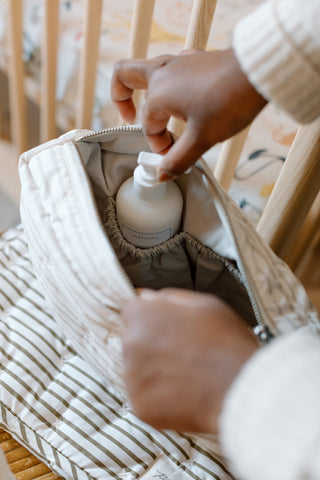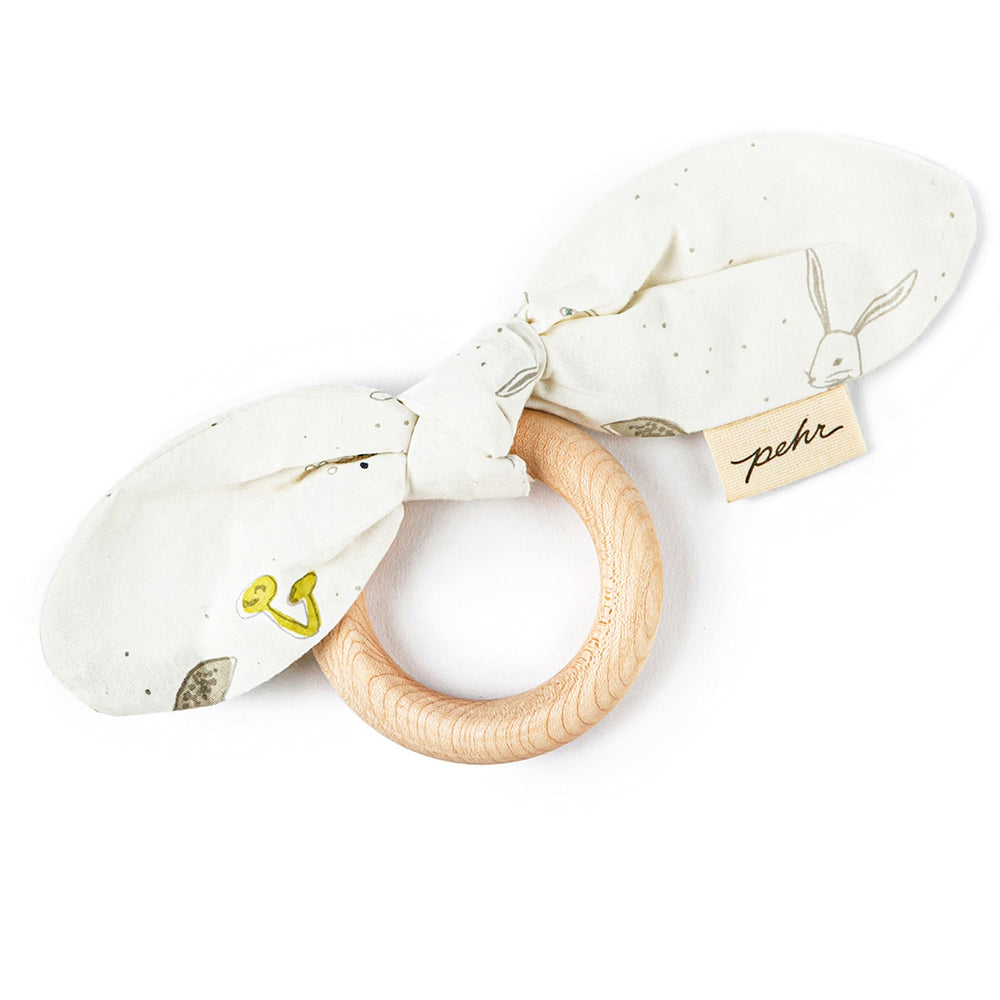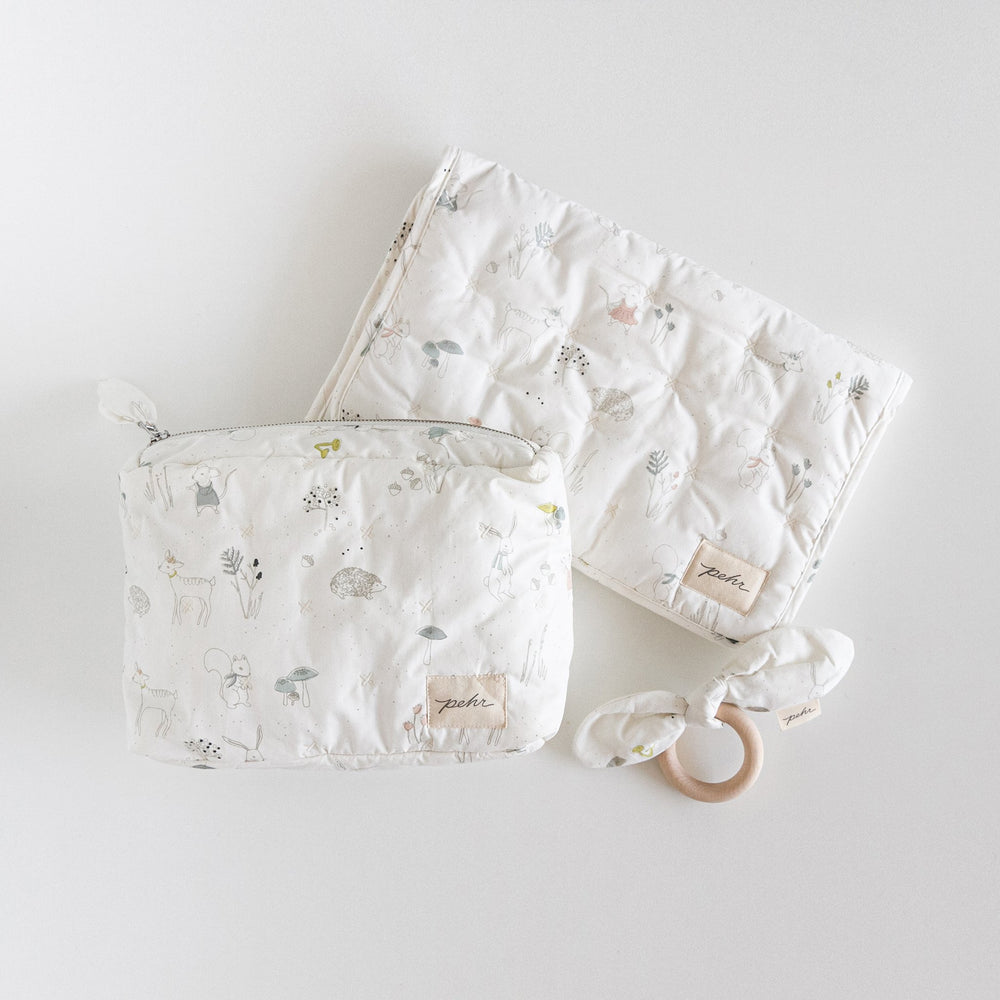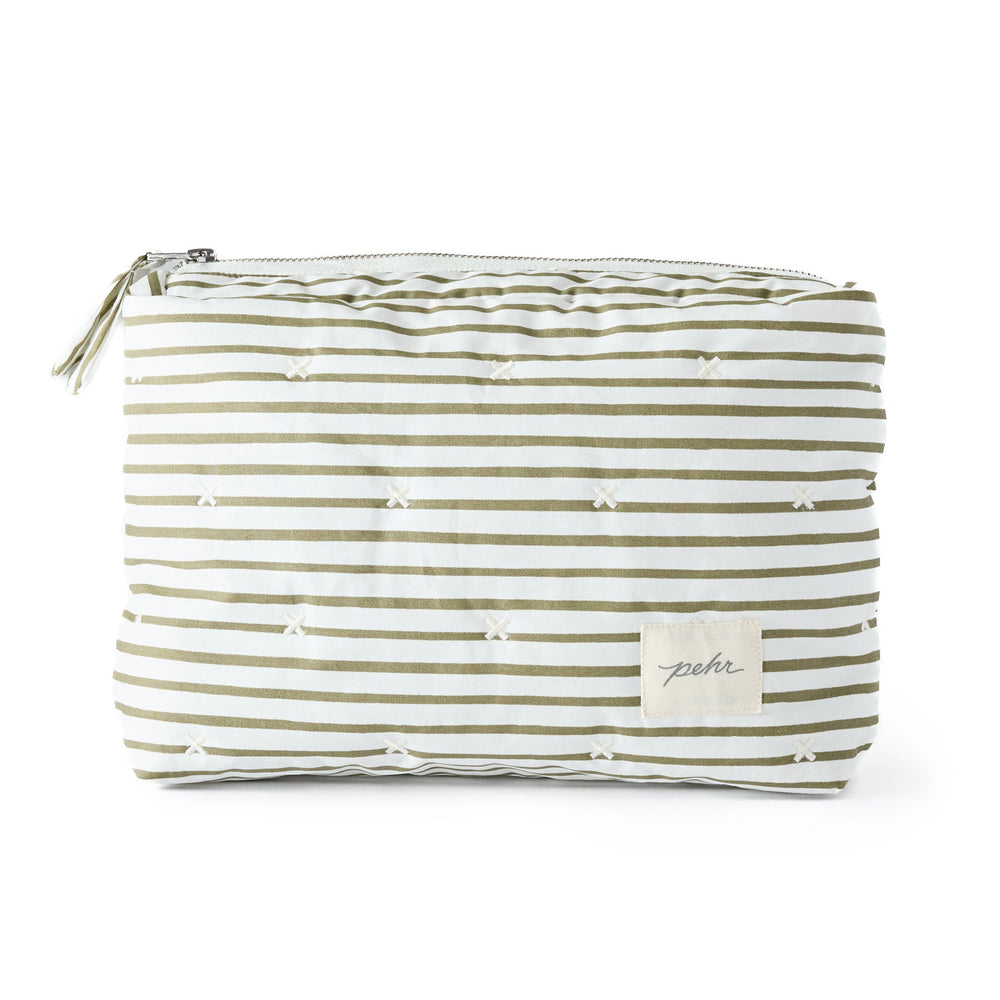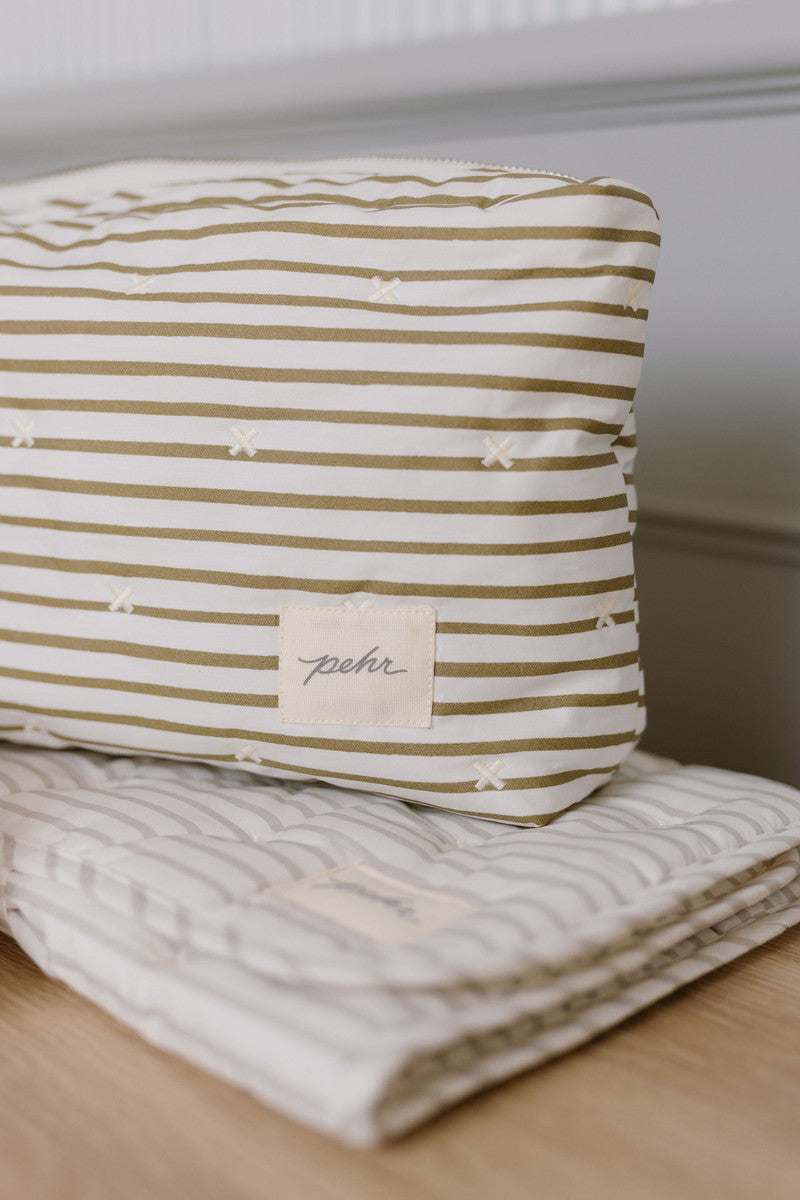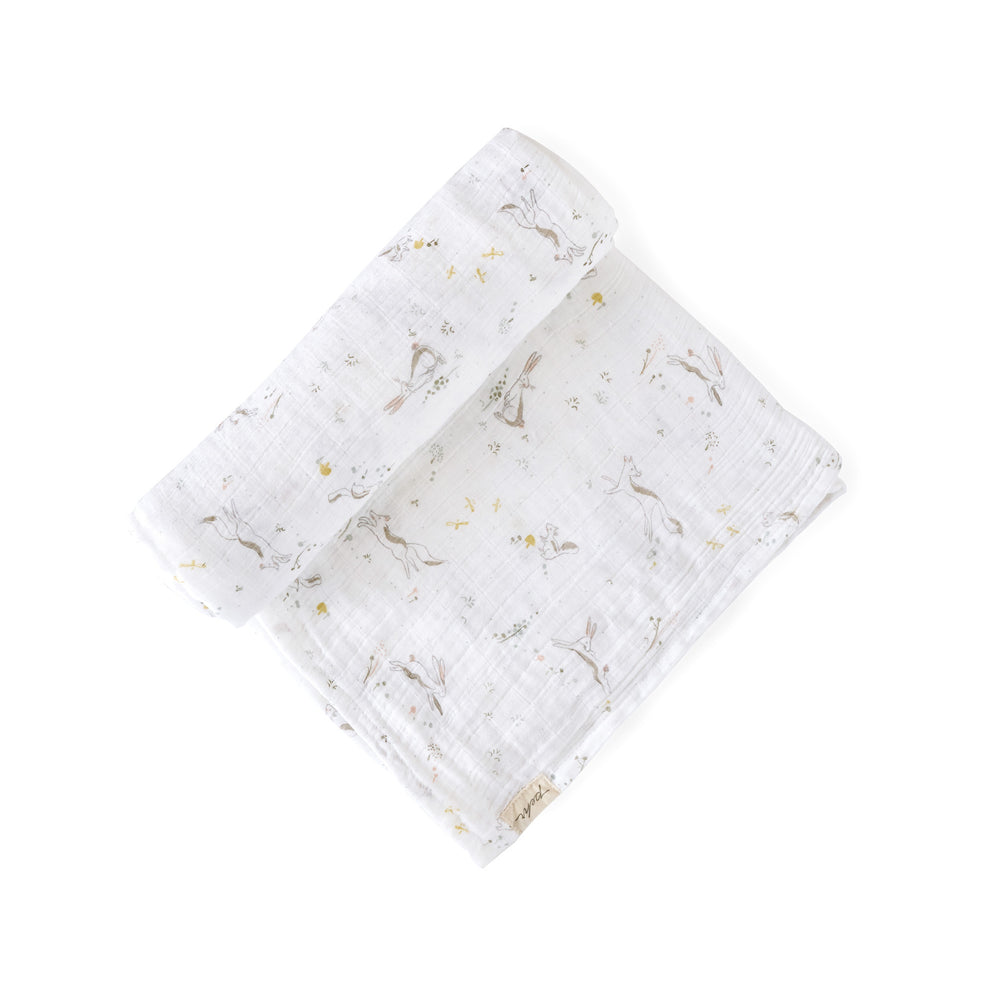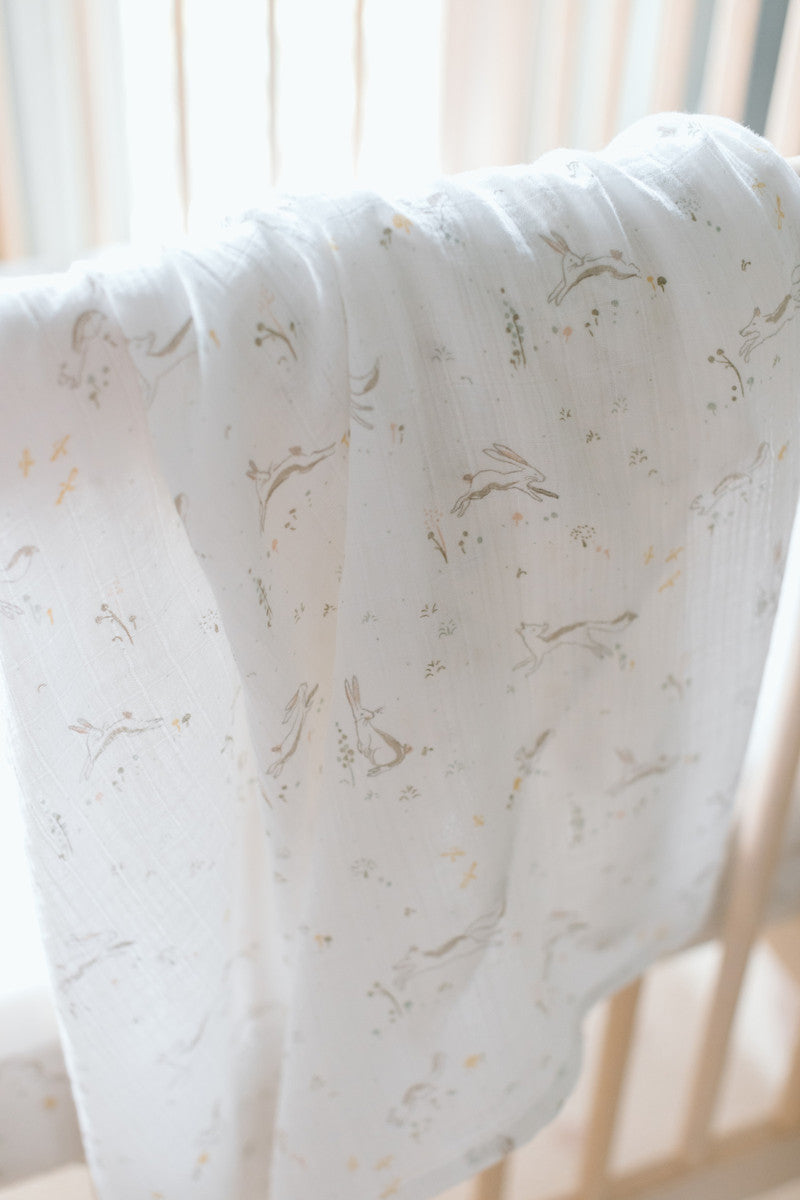How To Help Littles With Teething
Whether it’s the first pearly white popping through or your toddler is facing the uncomfortable sensation of new molars, teething is a transitional time that can be tough. It may be a few days where your little one is not their usual cheery self or it can come and go for a while (some littles breeze through teething without pain, too!). Read on for our top 5 ways to soothe littles while they’re teething.
What is Teething Discomfort?
Teething is an exciting new milestone for your little one! They’re ready to chomp on new foods, learn about dental care and how to brush their new teeth. Most babies get their first tooth somewhere around 6 months (it can happen anywhere from 4-8 months or even later). Some little ones won’t be bothered by new teeth while others show signs of discomfort by drooling a lot, chewing on their fingers, pulling their ears, night wakings and fussiness. Here’s how to bond with baby while you help them through.
Though your baby may not have even noticed the first few teeth, if several pop up at the same time or if they are welcoming their molars, the experience can look pretty different at every age. When your little ones are going through a period of teething discomfort, here’s 5 ways to help comfort them and ease their sore gums:
- Give them teethers to chew on. A teething toy is a safe tool for babies and toddlers to get relief from teething pain. Create a teething emergency kit to keep with you at all times with a few Striped On The Go Teethers cleaned and packed in On The Go Pouches (you can also pack tylenol and burp cloths for easy wipe downs). Try to keep a few clean teethers in the kitchen and nursery too so you always have something on hand just in case. Made from sustainable FSC maple wood, these organic teethers help little ones chew their worries away by offering natural pressure against the tooth that’s coming through. If your little one is older, you can also offer a cold cucumber to gnaw on or carrot sticks.
- Stay on top of drool. A lot of little ones drool more than usual while teething (and it can cause flushed cheeks and a red teething rash if the drool irritates your little one’s skin). Keep burp cloths close by to gently wipe away drool quickly (here’s how many burp cloths you actually need). If your little one is in the car seat or stroller, wrap them in organic cotton swaddles to help absorb any extra drool and keep them cozy for the ride. A gentle baby lotion or calendula-based cream can also help relieve cracked skin or rash. It’s helpful to have lots of clean organic cotton clothing ready to go in the dresser (there might be more than a few outfit changes on days where drooling seems endless!).
- Popsicles, juice and fruit pouches. Depending on your little one’s age, offering a cold popsicle can be a great option for soothing them while teething. A cold glass of milk or juice can also be comforting while offering some distraction with a little treat! Try not to worry about how much your baby or toddler is eating during bouts of teething - appetite is usually affected just like when littles are sick. Fruit pouches and purees are helpful for keeping your little one hydrated and nourished when they can’t eat their usual meals.
- Rub their gums with something cold. Whether it’s your own finger gently massaging their gums where their new tooth is about to crop up, or offering a cold cloth for them to chomp down on, offer a few different ways to relieve discomfort. Freeze cold clothes for your little one to suck on (you can soak them in chamomile tea for added relief) and try alternating between rubbing their gums with a clean finger and giving them teethers and clothes.
- Give pain medication. At some point, most babies and toddlers will need help from over-the-counter pain medications like Tylenol or Advil. Make sure you have the right formula for your little one’s age and dose it carefully. Teething pain can be easier to notice at nighttime when there aren’t any distractions, so try giving them pain medications about 30 minutes before bedtime to help them get into a deep sleep. You can also offer Camilia teething drops - a plant-based homeopathic medicine that can help relieve irritable gums.
Takeaways
Saying goodbye to that joyful, gummy smile can be bittersweet! As your little one transitions through teething milestones, it’s a true sign they’re growing up. We hope these teething tips and tricks help you soothe your little one and prepare you to help your littles through the (sometimes) rocky road to a big, beautiful smile!
Frequently Asked Questions
Each tooth or set of teeth will only cause pain and discomfort for about a week - the five days before the tooth erupts and three days afterward. Once you can see white coming through the gums, the worst of teething pain is usually behind you. Teething isn’t constant from 5 to 33 months, it comes in waves and looks different for every child at every age.
Though baby teeth sometimes emerge with no discomfort or symptoms, other times you will notice sore and red gums, a mild temperature less than 38C, flushed cheeks, face rash, ear pulling, excessive drooling, chewing on things a lot, fussier than usual or frequent night wakings.
This homeopathic remedy has been on the market for more than 20 years with proven consumer satisfaction. Its active ingredients are German chamomile, pokeweed and Chinese rhubarb. If you’re concerned, talk to your pediatrician before trying it.



